Home>Garden Essentials>How To Plant Alyssum Carpet Of Snow Seeds
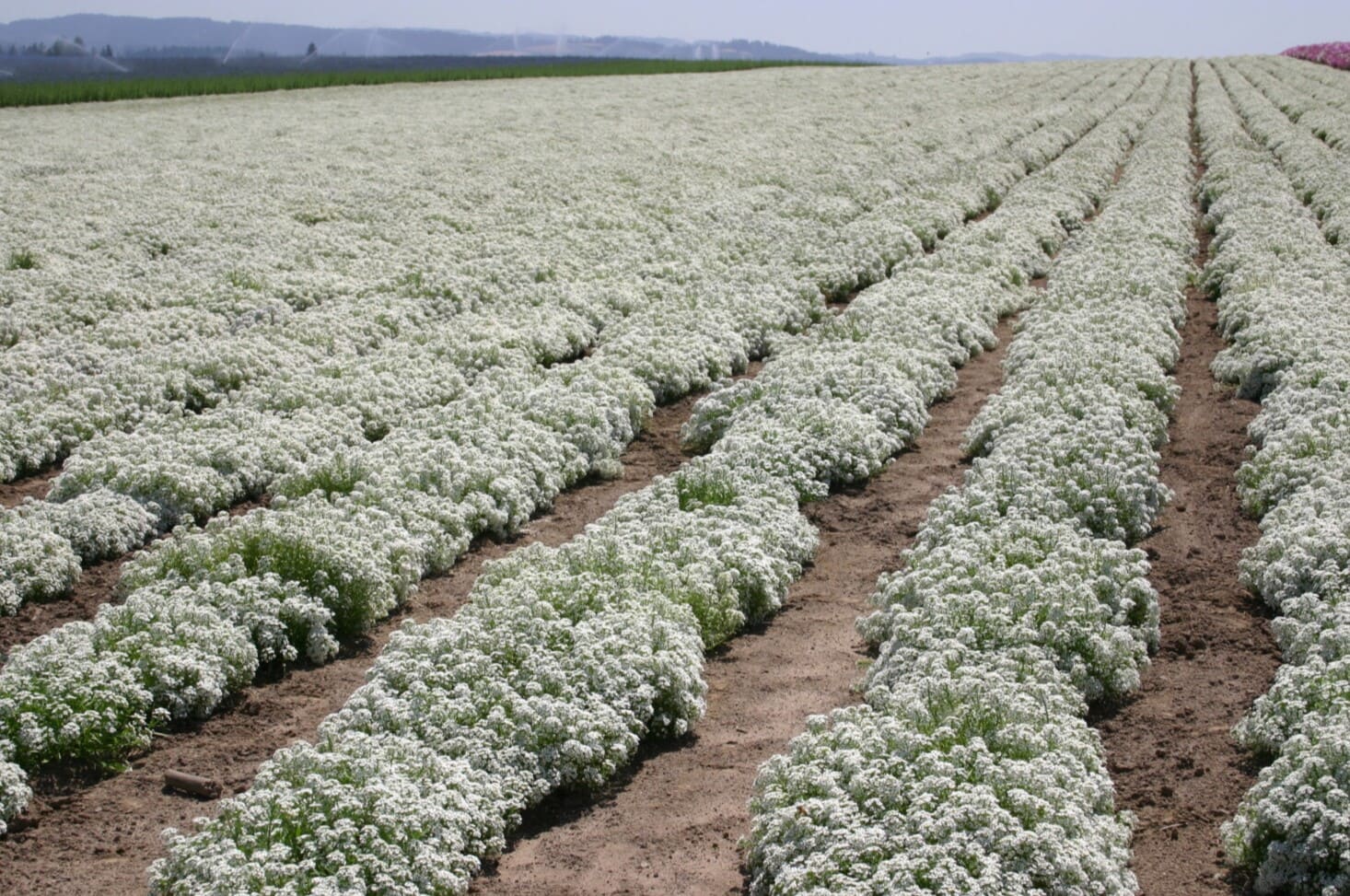

Garden Essentials
How To Plant Alyssum Carpet Of Snow Seeds
Modified: May 6, 2024
Learn how to plant Alyssum Carpet of Snow seeds in your garden and create a beautiful carpet of white flowers. Perfect for filling in gaps and adding charm to your outdoor space.
(Many of the links in this article redirect to a specific reviewed product. Your purchase of these products through affiliate links helps to generate commission for Storables.com, at no extra cost. Learn more)
Introduction
Gardening brings a sense of joy and tranquility to our lives, and there’s nothing quite like turning a barren patch of land into a stunning oasis. If you’re looking to add a touch of beauty to your garden, alyssum carpet of snow seeds are an excellent choice. With their delicate white flowers and sweet fragrance, these charming plants can transform any space into a whimsical display.
In this article, we’ll guide you through the process of planting alyssum carpet of snow seeds, from choosing the right seeds to harvesting their blooms. Whether you’re a seasoned gardener or just starting out, you’ll find helpful tips and tricks to ensure a successful growing experience. So, let’s dig in and discover the wonders of alyssum carpet of snow!
Key Takeaways:
- Choose fresh, uniform Alyssum Carpet of Snow seeds suited to your climate for a stunning garden display. Look for reputable suppliers and ensure the seeds are free from damage.
- Prepare well-drained, nutrient-rich soil and provide proper care to enjoy vibrant Alyssum Carpet of Snow blooms. Harvest seeds for future planting and sharing with fellow garden enthusiasts.
Read more: How Long Do Snow Peas Take To Germinate
Choosing the Right Alyssum Carpet of Snow Seeds
When it comes to selecting alyssum carpet of snow seeds, there are a few factors to consider in order to achieve optimal results. Here are some key points to keep in mind:
- Variety: Alyssum carpet of snow seeds come in various varieties, each with its own unique characteristics. Some may have larger flowers, while others may be more resistant to certain pests or diseases. Consider your preferences and the specific conditions of your garden when choosing the variety.
- Freshness: It’s crucial to choose fresh seeds that have a higher chance of germinating successfully. Look for seeds from reputable suppliers and check the packaging date to ensure their freshness.
- Climate: Alyssum carpet of snow is a hardy plant that thrives in a wide range of climates. However, it’s recommended to choose seeds that are suited to your specific climate to maximize their growth and longevity.
- Quality: Opt for seeds that are uniform in size and free from any discoloration or damage. This ensures that you’re starting with the best possible foundation for your garden.
By considering these factors, you can select the right alyssum carpet of snow seeds that will thrive in your garden and provide a stunning visual display.
Preparing the Soil
Before planting your alyssum carpet of snow seeds, it’s essential to prepare the soil properly to create an optimal growing environment. Here’s a step-by-step guide to preparing the soil:
- Clear the Area: Start by clearing the area where you plan to plant the seeds. Remove any weeds, rocks, or debris that may hinder growth.
- Loosen the Soil: Use a garden fork or a tiller to loosen the soil. This will improve drainage and make it easier for the seeds to take root.
- Amend the Soil: Depending on your soil type, you may need to amend it with organic matter to improve its texture and fertility. Compost or well-rotted manure are excellent options to enrich the soil.
- Level the Surface: Rake the soil surface to create a smooth and even surface for planting. This will help with seed distribution and ensure consistent growth.
- Test the Soil pH: It’s advisable to test the soil pH using a soil testing kit. Alyssum carpet of snow prefers a slightly acidic to neutral pH range of 6.0-7.0. If the soil pH is outside this range, make the necessary adjustments using soil amendments.
By thoroughly preparing the soil, you provide a nutrient-rich and well-drained environment for your alyssum carpet of snow seeds to flourish. This sets the stage for healthy growth and vibrant blooms.
Planting Alyssum Carpet of Snow Seeds
Now that you’ve prepared the soil, it’s time to plant your alyssum carpet of snow seeds. Here’s a step-by-step guide to ensure successful planting:
- Timing: Alyssum carpet of snow is a cool-season annual that prefers mild temperatures. It’s best to plant the seeds in early spring or fall when the weather is cooler.
- Spacing: Determine the spacing requirements for your specific variety of alyssum carpet of snow. Typically, the seeds should be sown about 6 to 9 inches apart to allow sufficient room for growth.
- Sowing: Gently scatter the seeds over the prepared soil surface, aiming for an even distribution. You can lightly press the seeds into the soil with your hand, ensuring they are in contact with the soil for good germination.
- Covering: Sprinkle a thin layer of soil or vermiculite over the seeds to provide some coverage. This will help retain moisture and protect the seeds during the germination process.
- Watering: After planting, thoroughly water the soil to moisten it. Avoid overwatering, as excessive moisture can lead to fungal diseases. Maintain a moist but not soggy soil surface throughout the germination and establishment phase.
It’s important to note that alyssum carpet of snow seeds are tiny, so take care when handling them to ensure proper distribution. By following these planting guidelines, you’ll give your seeds the best chance to sprout and grow into beautiful alyssum carpet of snow plants.
Watering and Mulching
Proper watering and mulching are crucial factors in the successful growth and maintenance of alyssum carpet of snow. Here are some important considerations for watering and mulching your plants:
- Watering: Alyssum carpet of snow plants require regular watering, especially during dry periods. It’s important to keep the soil consistently moist, but not waterlogged. Avoid overhead watering, as it can promote the spread of fungal diseases. Instead, water at the base of the plants to minimize moisture on the foliage. Monitor the soil moisture levels and adjust your watering schedule accordingly.
- Mulching: Applying a layer of organic mulch around the base of the plants can provide numerous benefits. Mulch helps to retain soil moisture, suppress weed growth, and regulate soil temperature. It also adds nutrients to the soil as it breaks down over time. Use organic materials like straw, wood chips, or compost as mulch, and apply it with a thickness of about 2-3 inches. Be sure to leave a small gap around the base of the plants to prevent moisture buildup and potential rotting.
- Monitoring Drainage: Alyssum carpet of snow prefers well-drained soil. If you notice excessive water pooling or the soil remaining soggy for long periods, it may indicate poor drainage. In such cases, consider amending the soil with organic matter or creating raised beds to improve drainage.
- Weather Considerations: Adjust your watering schedule based on weather conditions. During periods of heavy rain, you may need to reduce watering. Conversely, during dry spells, you may need to increase watering frequency to prevent drought stress in the plants.
By implementing proper watering techniques and mulching, you can provide the necessary moisture and insulation for your alyssum carpet of snow plants, promoting their overall health and vigor.
Plant Alyssum Carpet of Snow seeds in well-draining soil in a sunny spot. Sow the seeds on the surface of the soil and lightly press them in. Keep the soil consistently moist until the seeds germinate, then water as needed.
Read more: How To Germinate A Plant
Maintaining Alyssum Carpet of Snow
Once your alyssum carpet of snow plants are established, it’s important to provide regular care and maintenance to ensure their continued growth and beauty. Here are some essential maintenance tasks to keep in mind:
- Deadheading: Regularly remove spent flowers to encourage continuous blooming. This process, known as deadheading, prevents the plants from diverting energy into seed production and encourages them to produce more flowers.
- Fertilizing: Alyssum carpet of snow plants benefit from occasional fertilization to promote healthy growth and abundant blooms. Use a balanced, water-soluble fertilizer, following the manufacturer’s instructions for application rates and frequency. Avoid over-fertilization, as it can lead to excessive foliage growth and fewer flowers.
- Managing Pests and Diseases: Keep an eye out for common pests such as aphids or whiteflies. If detected, treat the infestation with insecticidal soap or neem oil, following the instructions on the product label. Additionally, ensure good air circulation around the plants to minimize the risk of fungal diseases such as powdery mildew. If necessary, apply a fungicide according to the package instructions.
- Pruning: Alyssum carpet of snow plants have a spreading habit and can become leggy over time. To maintain a compact and bushy appearance, you can trim back the plants by about one-third after the first flush of blooms. This will encourage branching and promote a denser growth habit.
- Weeding: Regularly remove any weeds that may compete with your alyssum carpet of snow plants for nutrients and space. Keeping the garden bed free from weeds will ensure that the plants receive optimal resources and reduce the risk of diseases.
By providing proper care and attention, you can enjoy a flourishing display of alyssum carpet of snow plants throughout the growing season. These maintenance tasks will help keep your plants healthy and vibrant, creating a stunning focal point in your garden.
Common Issues and Troubleshooting
While alyssum carpet of snow is generally a hardy and low-maintenance plant, there are a few common issues that you may encounter. Here are some troubleshooting tips to help you address these problems:
- Poor Germination: If your seeds fail to germinate, it may be due to improper planting depth or soil temperature. Ensure that the seeds are sown at the correct depth and that the soil temperature is within the optimal range of 60-75°F (15-24°C). Additionally, make sure the soil is consistently moist during the germination period.
- Yellowing Leaves: Yellowing leaves can indicate several issues, including nutrient deficiencies or overwatering. Check the soil moisture levels and adjust your watering accordingly. If the issue persists, consider applying a balanced fertilizer to address any nutrient deficiencies.
- Pest Infestation: Aphids and whiteflies can occasionally infest alyssum carpet of snow plants. Use insecticidal soap or neem oil to treat the infestation, following the instructions on the product label. Regularly monitor your plants for pests and take action early to prevent widespread damage.
- Powdery Mildew: Powdery mildew is a common fungal disease that can affect alyssum carpet of snow plants, especially if there is poor air circulation or high humidity. To prevent powdery mildew, ensure proper spacing between the plants, prune for good airflow, and avoid overhead watering. If necessary, apply a fungicide according to the package instructions.
- Leggy Growth: If your plants become leggy and sparse, it may be due to inadequate sunlight or overcrowding. Alyssum carpet of snow plants thrive in full sun, so make sure they receive at least 6-8 hours of direct sunlight per day. If overcrowding is an issue, thin out the plants to provide better airflow and prevent competition for nutrients.
By being vigilant and addressing these common issues promptly, you can ensure the health and vitality of your alyssum carpet of snow plants, allowing them to thrive and create a stunning display in your garden.
Harvesting Alyssum Carpet of Snow Seeds
One of the wonderful aspects of alyssum carpet of snow plants is that they produce abundant seeds, allowing you to save them for future planting or sharing with other garden enthusiasts. Here’s how you can harvest the seeds:
- Seed Maturity: Allow the alyssum carpet of snow flowers to fully mature on the plants. The flowers will turn dry and brown, and the seed pods will start to form.
- Seed Pod Collection: Once the seed pods have dried out and turned brown, carefully collect them by gently plucking or cutting the pods from the plant. Place them in a clean, dry container.
- Drying: Allow the seed pods to thoroughly dry in a well-ventilated area. This process usually takes a few weeks. Make sure the pods are completely dry before proceeding to the next step.
- Seed Extraction: Once the pods are dry, gently rub or crush them to release the seeds. Remove any chaff or debris from the seeds using a fine sieve or by gently blowing on them.
- Storage: Store the harvested seeds in a cool, dry place in airtight containers. Be sure to label the containers with the seed variety and date of harvest to keep track of their freshness.
Alyssum carpet of snow seeds can remain viable for several years if stored properly. When the next planting season arrives, you’ll have your own collected seeds ready to sow or share with fellow gardeners, adding a personal touch to your gardening endeavors.
Conclusion
Cultivating alyssum carpet of snow seeds can bring beauty and charm to any garden. With their delicate white flowers and pleasant fragrance, these plants can brighten up your outdoor space and create an enchanting atmosphere. By following the steps outlined in this article, from choosing the right seeds to harvesting their blooms, you’ll be well on your way to a successful growing experience.
Remember to carefully select the right alyssum carpet of snow seeds, prepare the soil properly, and provide adequate watering and mulching. Maintaining the plants through proper care, pruning, and addressing any common issues that may arise will ensure their health and longevity. Harvesting the seeds and storing them for future use or sharing will allow you to continue the cycle of growth and beauty year after year.
Gardening is a journey filled with discovery and rewards, and growing alyssum carpet of snow seeds is a fantastic addition to that journey. Enjoy the process of watching your seeds turn into vibrant plants and witness the joy they bring to you and your outdoor sanctuary.
So, grab your gardening tools and get ready to embark on a wonderful adventure with alyssum carpet of snow seeds. Let their elegance and grace fill your garden, creating a stunning carpet of white blooms that will be admired by all who visit. Happy gardening!
Ready to expand your gardening know-how beyond planting Alyssum Carpet of Snow? Curious about the cost of adding diverse splashes of color to your garden beds? Our next feature dives into the various types and costs of flower seeds. Whether you're planning a budget or dreaming big, this guide is packed with essential info to help you bloom your garden without breaking the bank.
Frequently Asked Questions about How To Plant Alyssum Carpet Of Snow Seeds
Was this page helpful?
At Storables.com, we guarantee accurate and reliable information. Our content, validated by Expert Board Contributors, is crafted following stringent Editorial Policies. We're committed to providing you with well-researched, expert-backed insights for all your informational needs.

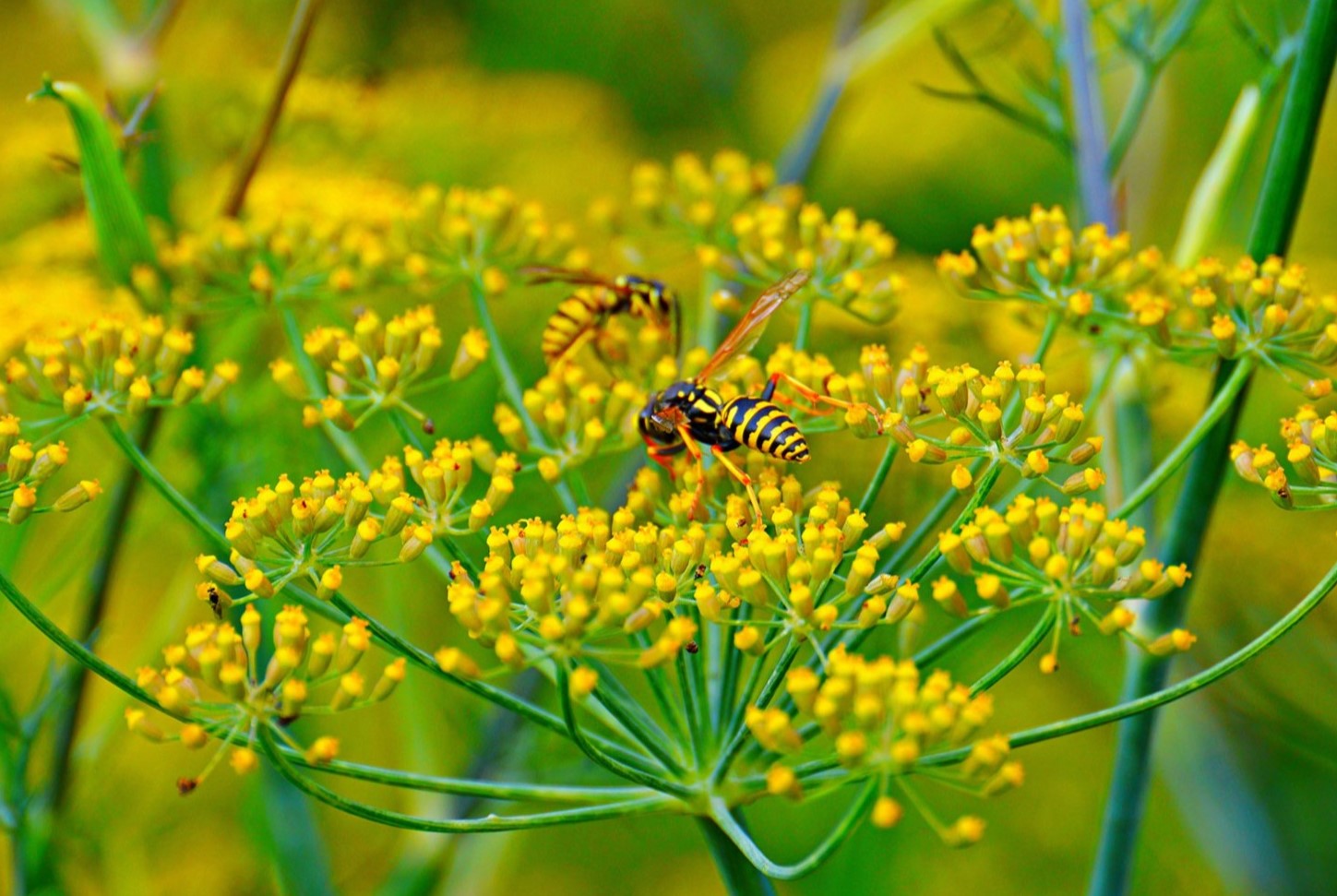

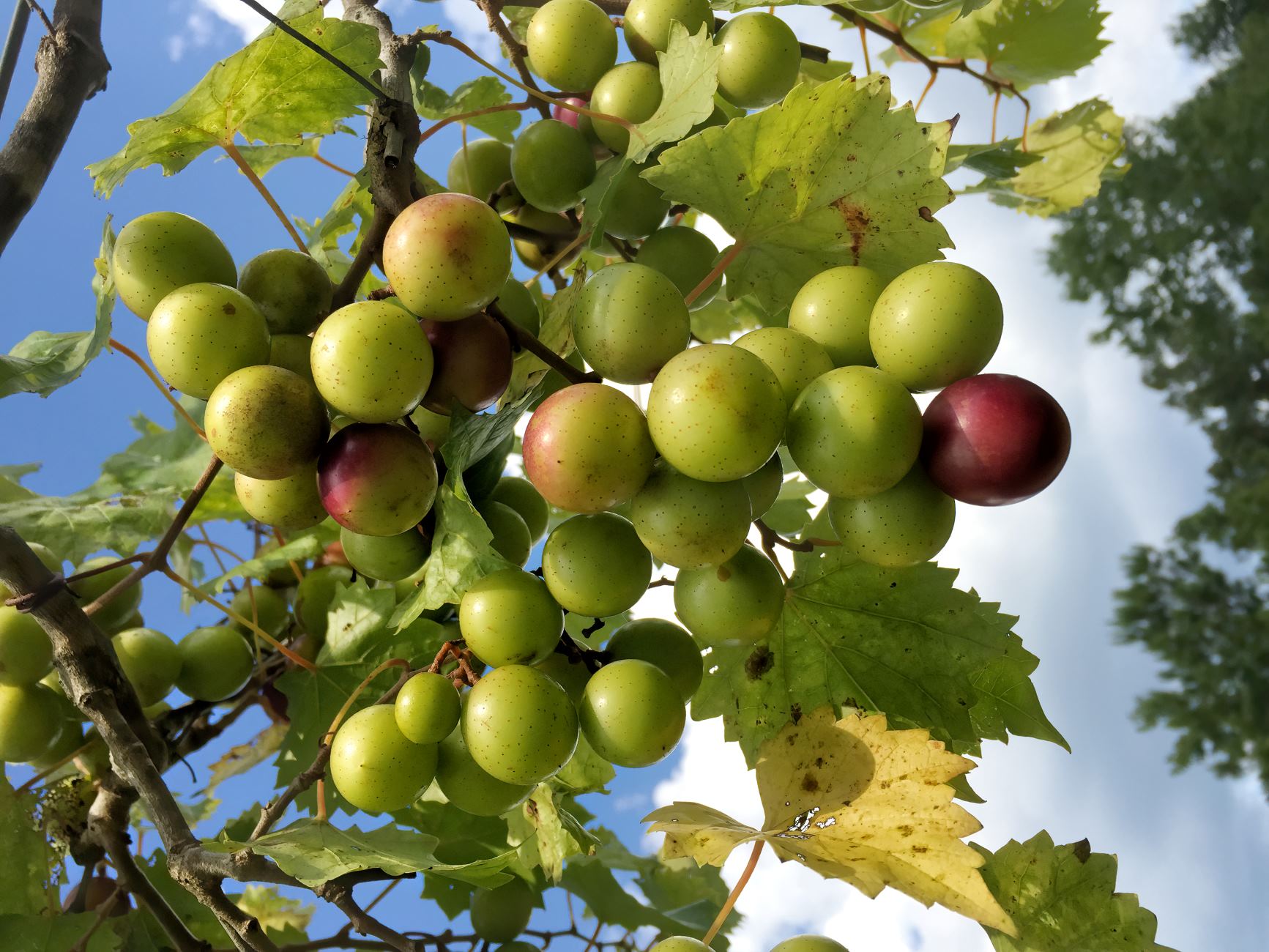
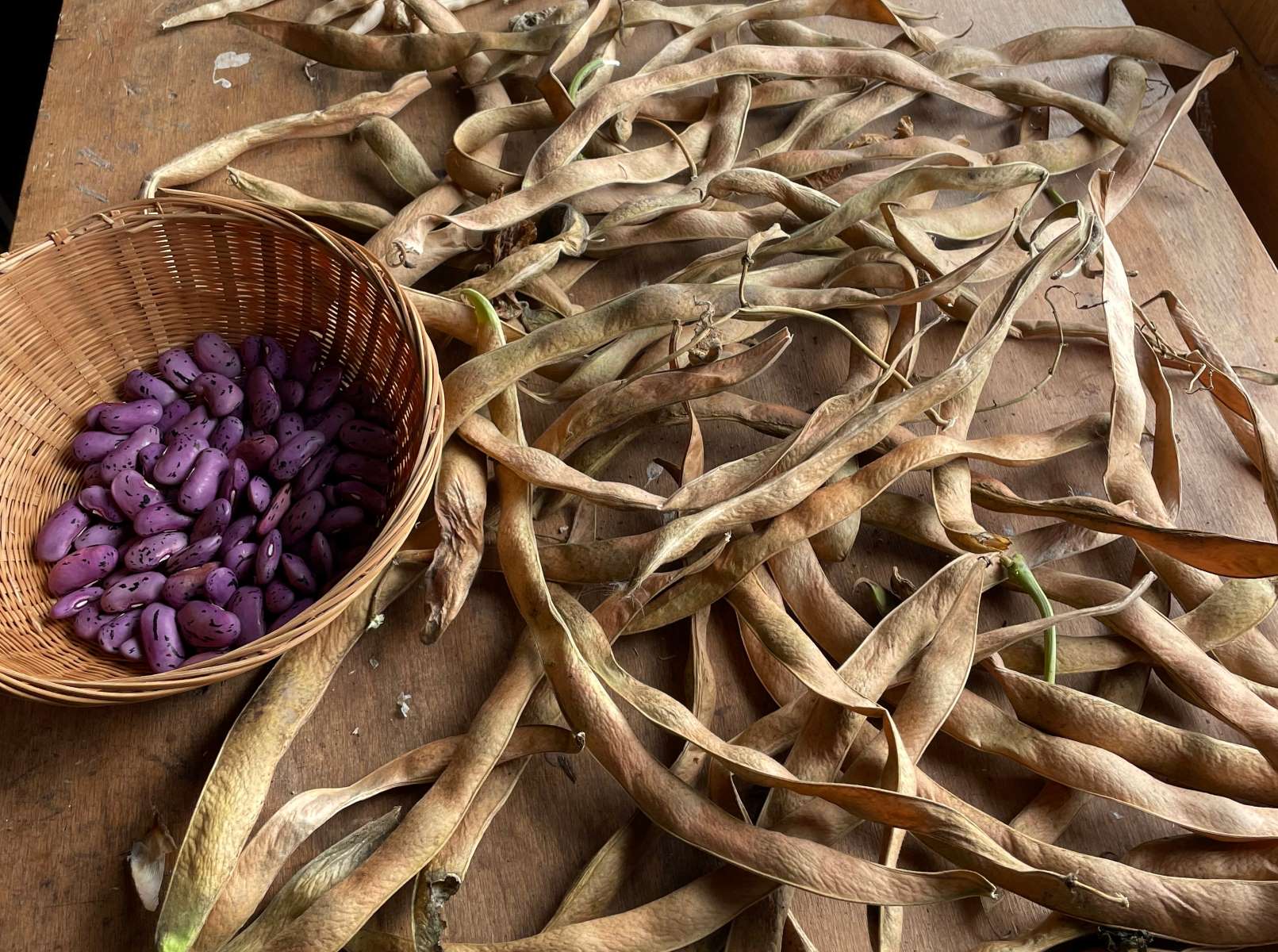
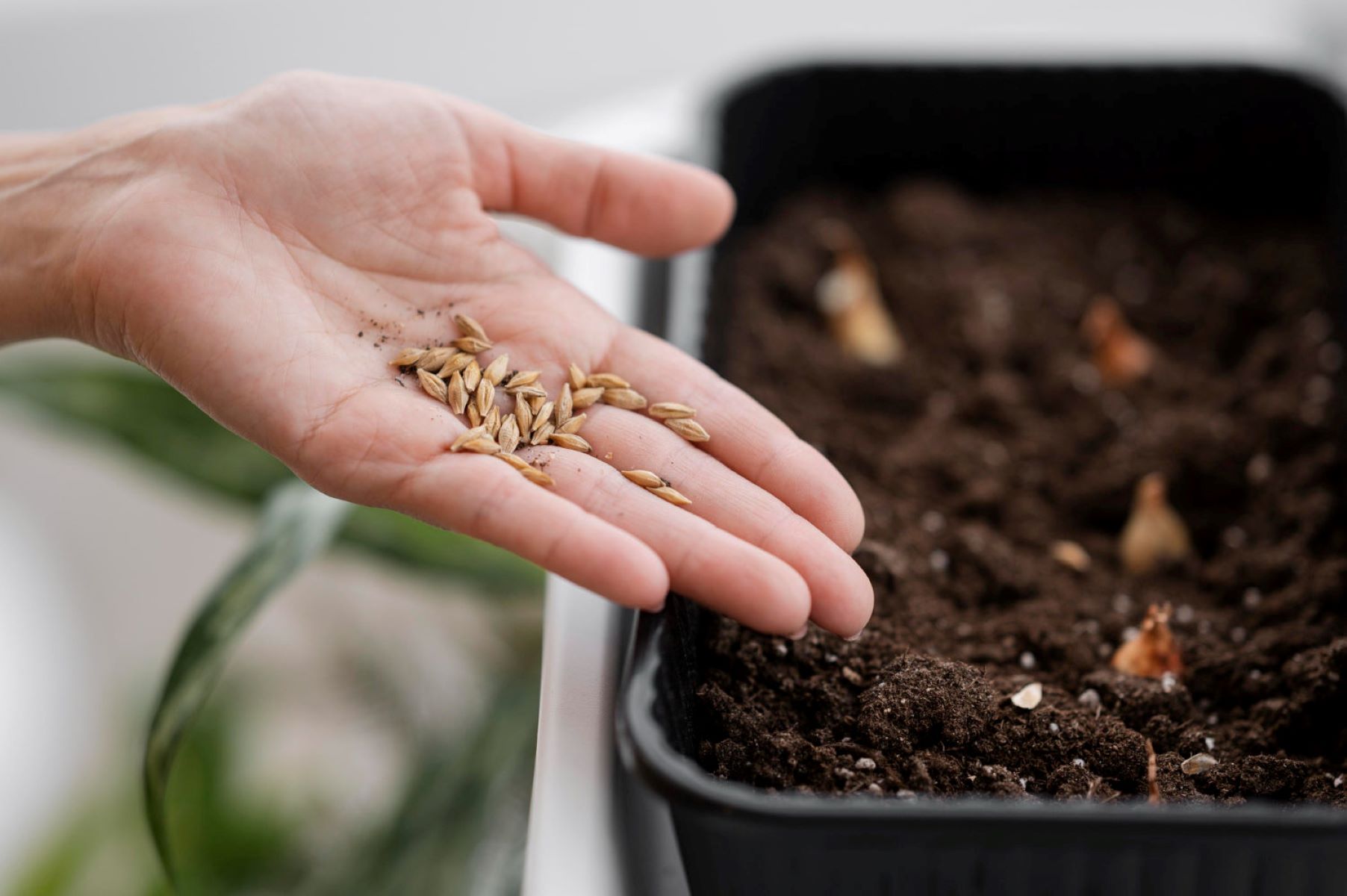
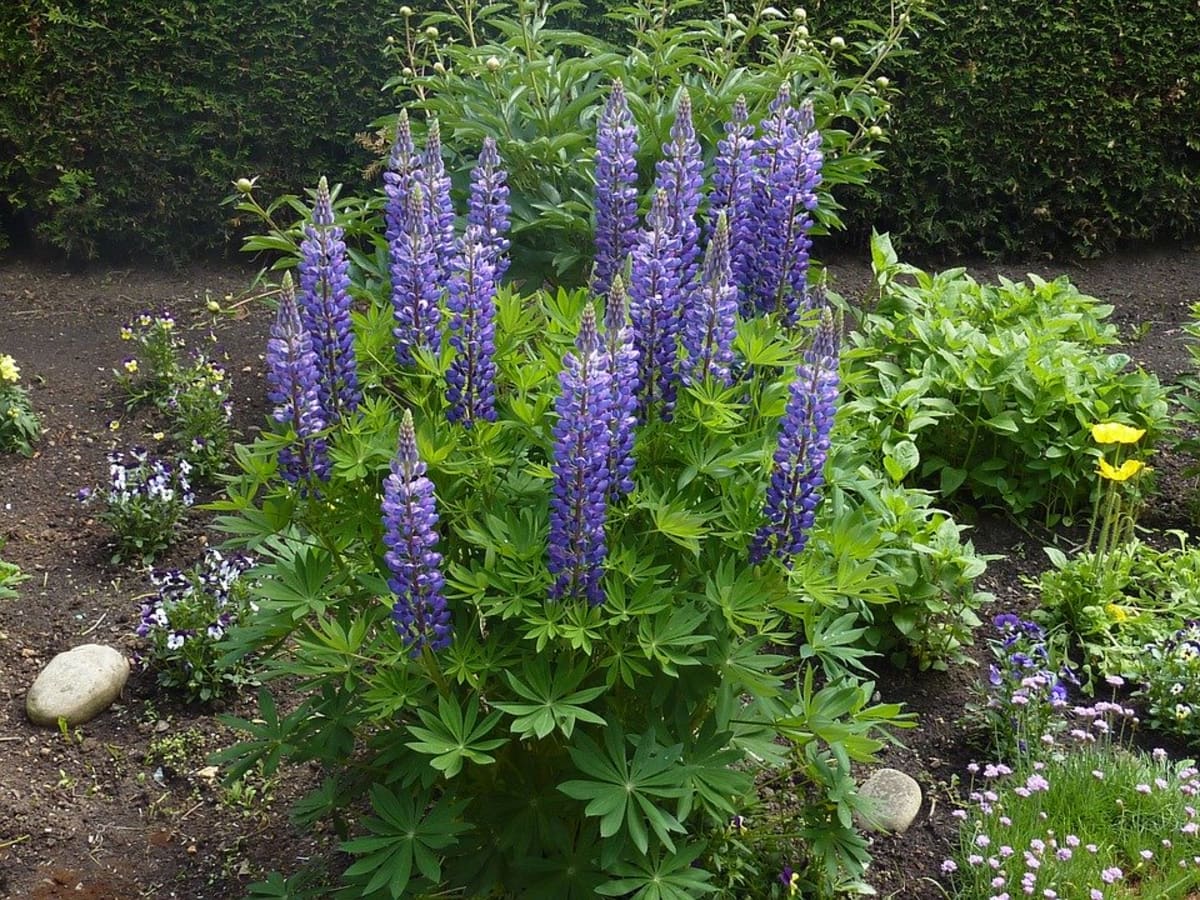


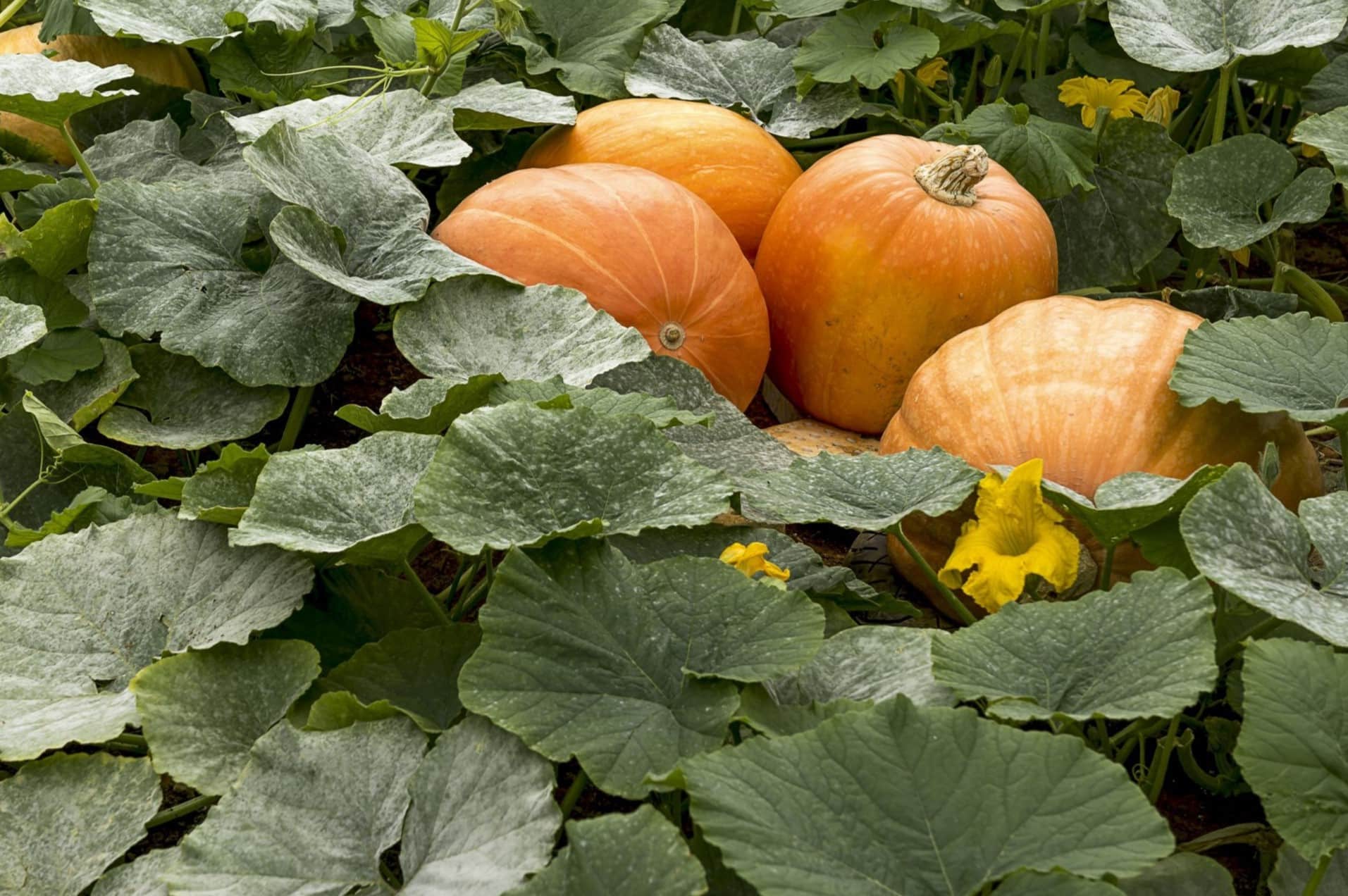
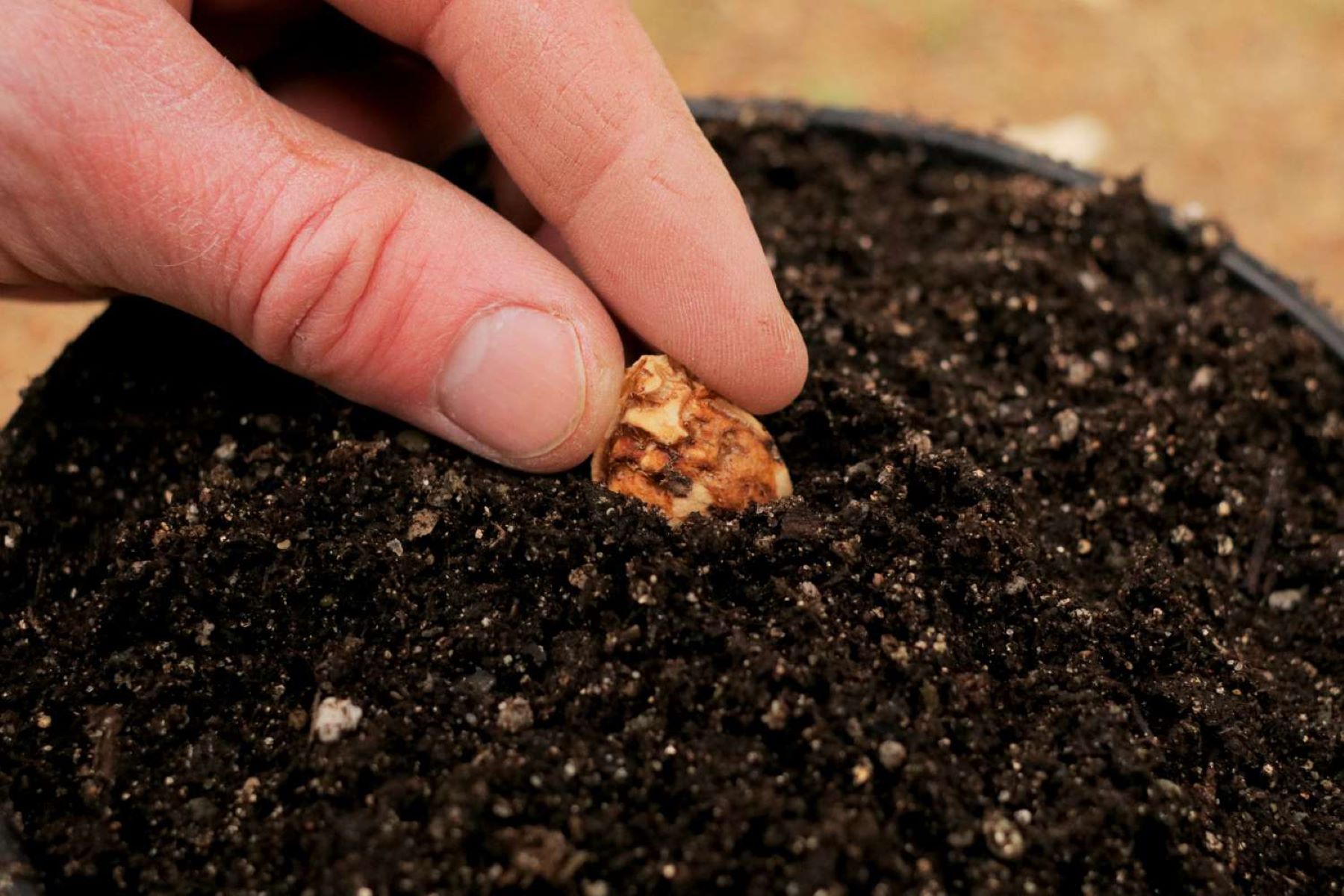
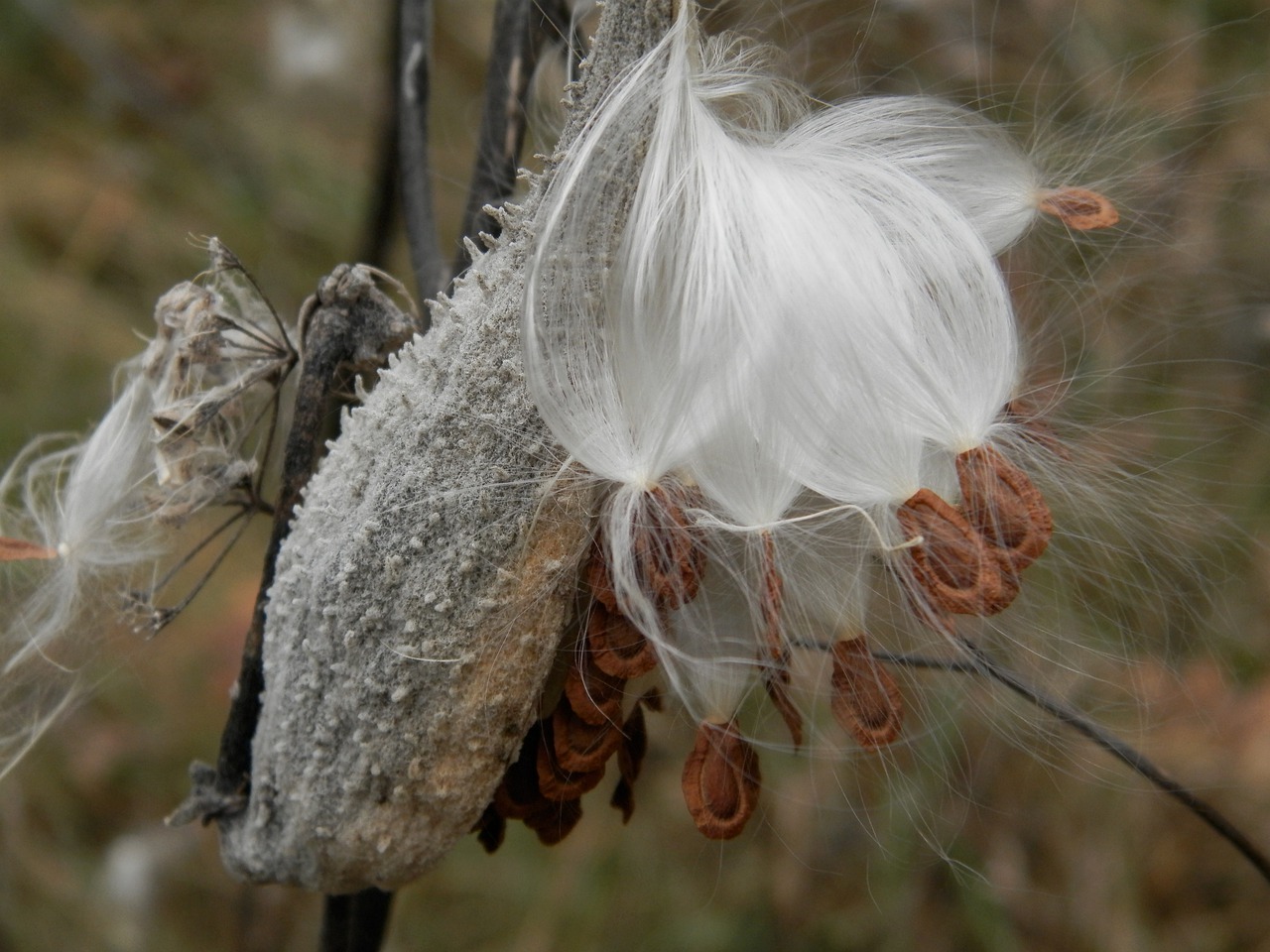
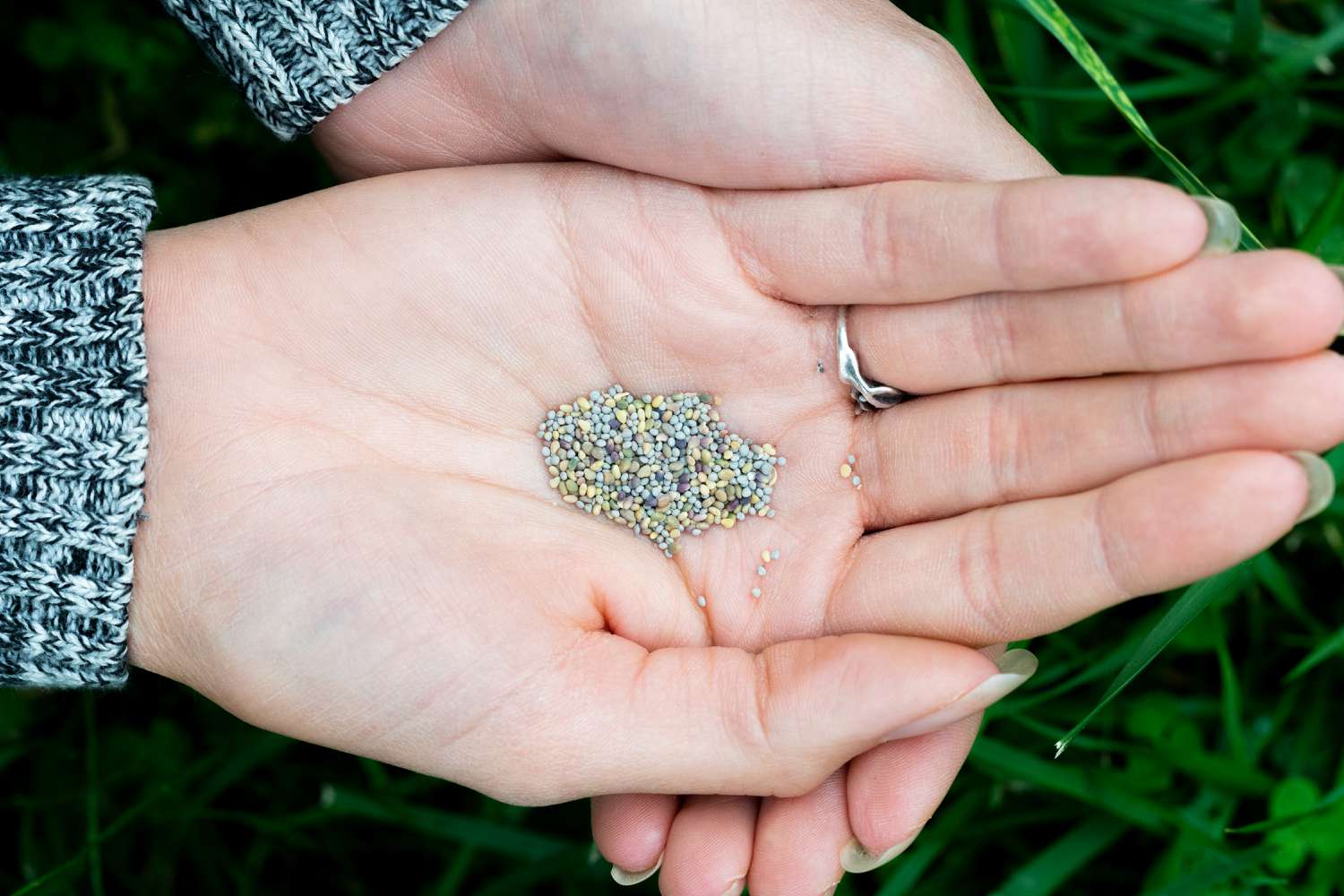
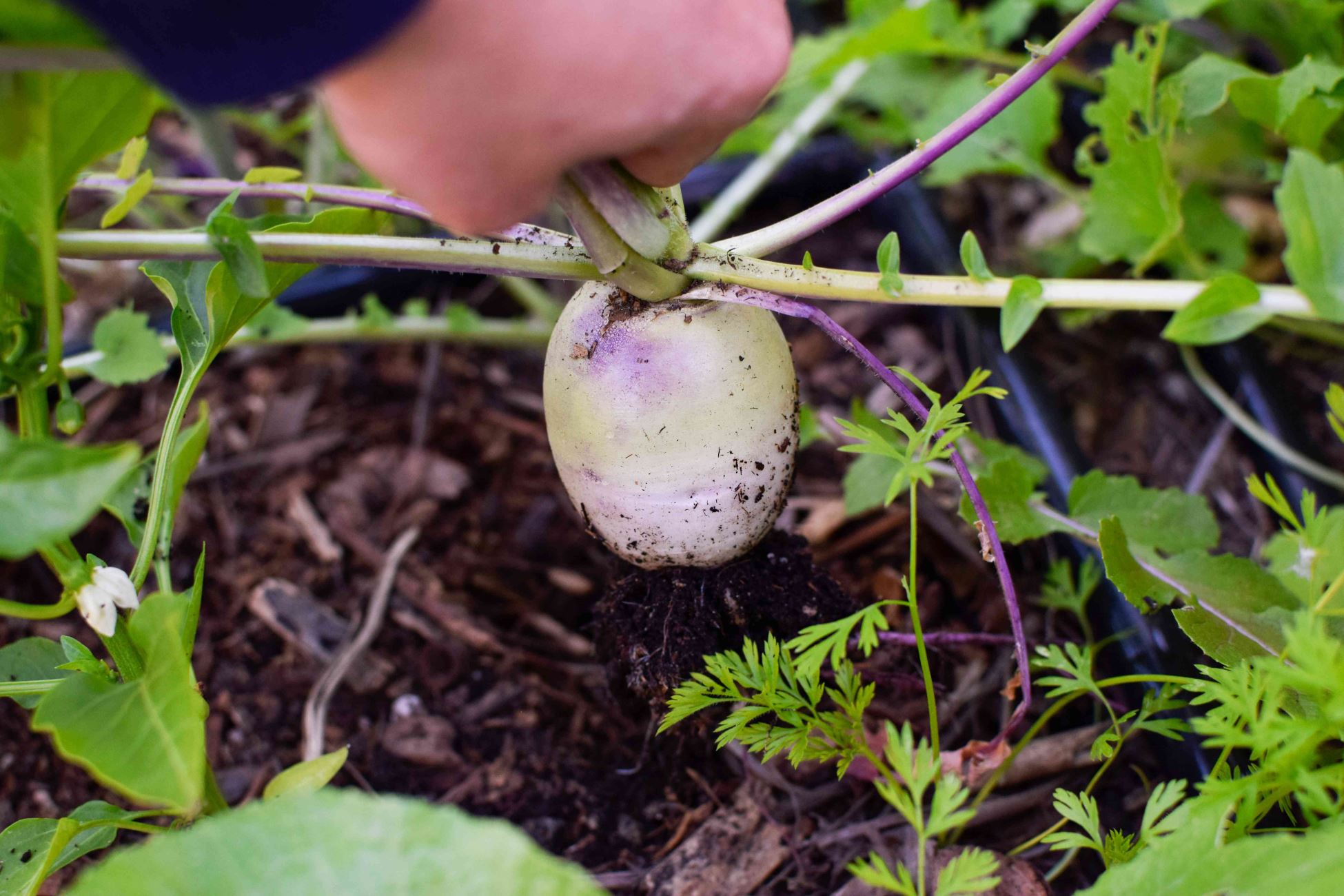

0 thoughts on “How To Plant Alyssum Carpet Of Snow Seeds”